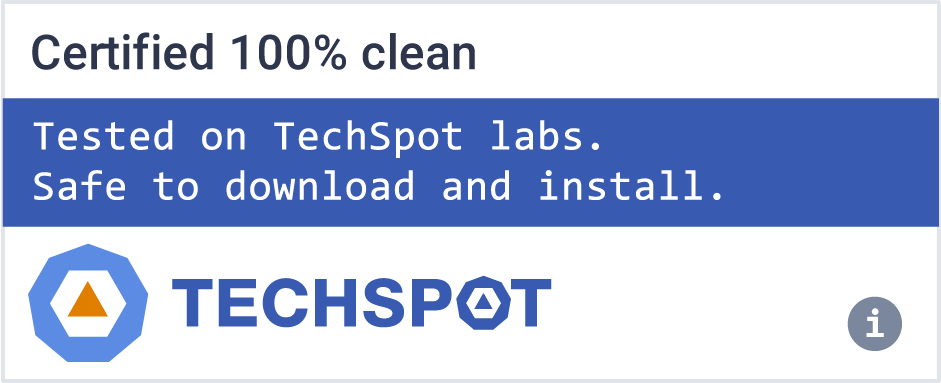Not only is VirtualBox an extremely feature rich, high performance product for enterprise customers, it is also the only professional solution that is freely available as Open Source Software under the terms of the GNU General Public License (GPL) version 2.
Presently, VirtualBox runs on Windows, Linux, Macintosh, and Solaris hosts and supports a large number of guest operating systems including but not limited to Windows (NT 4.0, 2000, XP, Server 2003, Vista, Windows 7, Windows 8, Windows 10), DOS/Windows 3.x, Linux (2.4, 2.6, 3.x and 4.x), Solaris and OpenSolaris, OS/2, and OpenBSD.
VirtualBox is being actively developed with frequent releases and has an ever growing list of features, supported guest operating systems and platforms it runs on. VirtualBox is a community effort backed by a dedicated company: everyone is encouraged to contribute while Oracle ensures the product always meets professional quality criteria.
Note: You can download the latest stable version for VirtualBox here, please do not install the beta version in production machines.
Features
-
Modularity. VirtualBox has an extremely modular design with well-defined internal programming interfaces and a client/server design. This makes it easy to control it from several interfaces at once: for example, you can start a virtual machine in a typical virtual machine GUI and then control that machine from the command line, or possibly remotely. VirtualBox also comes with a full Software Development Kit: even though it is Open Source Software, you don't have to hack the source to write a new interface for VirtualBox.
-
Virtual machine descriptions in XML. The configuration settings of virtual machines are stored entirely in XML and are independent of the local machines. Virtual machine definitions can therefore easily be ported to other computers.
-
Guest Additions for Windows, Linux and Solaris. VirtualBox has special software that can be installed inside Windows, Linux and Solaris virtual machines to improve performance and make integration much more seamless. Among the features provided by these Guest Additions are mouse pointer integration and arbitrary screen solutions (e.g. by resizing the guest window). There are also guest additions for OS/2 with somewhat reduced functionality.
-
Shared folders. Like many other virtualization solutions, for easy data exchange between hosts and guests, VirtualBox allows for declaring certain host directories as "shared folders", which can then be accessed from within virtual machines.
What's New
- VMM: fixed flip-flop handling of edge-triggered interrupts.
- VMM: enable X2-APIC for Linux guests by default.
- VMM: many fixes
- GUI: fixed hang on X11 caused by the infinite loop where multi-screen full-screen windows were grabbing keyboard one after another (Qt5 migration regression).
- GUI: fixed X11 Qt5 migration consequences related to multi-screen full-screen support was broken heavily (all heads on the same host-screen, no mini-toolbar).
- GUI: fixed VBox GUI on solaris10.
- GUI: improved keyboard capturing on X11 hosts
- GUI: Fixed broken keyboard support on Windows host with separate UI (Qt5 migration regression)
- GUI: Added medium-type descriptions for the Medium Type Change dialog
- API: when taking a screenshot, don't save garbage for blanked screen.
- API: on OS X host don't lose extradata (5.1 Beta 1 regression)
- NAT: correctly parse resolv.conf with multiple separators (5.1 Beta 3 regression)
- VGA: fixed an occasional hang when running Windows guests with 3D enabled
- Audio: enabled new audio code
- NetFlt/Win: NDIS5 bridging driver installation issue resolved.
- VBoxSVC: fixed several memory leaks when handling .dmg images
- Installers: ship VBoxBugReport
- Linux hosts: fixed VERR_VMM_SET_JMP_ABORTED_RESUME Guru Meditations on hosts with Linux 4.6 or later (bug 15439)
- Winows hosts: fixed installing of bridged networking drivers on Windows Servere 2003 and Windows XP
- Windows hosts: properly fall back to NDIS5 on pre-Vista hosts on silent installations
- Solaris hosts: fixed a crash on hosts with certain CPU configurations

